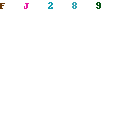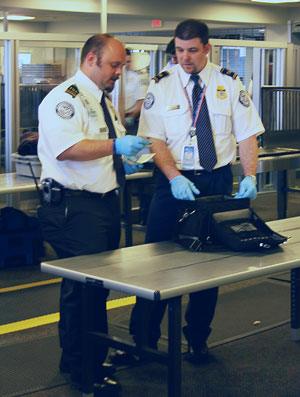Until I went to the excellent
CIPIL conference yesterday, I had not realised I was not up to date with the current law on trade descriptions

. It seems to me important for trademark attorneys to have an awareness of the regulations governing their client's advertising and promotion work. So here are my inadequate notes for you to share.
On 26 May 2008 important parts of the old faithful Trade
Descriptions Act 1968 were repealed are replaced by the
Consumer Protection from Unfair Trading Regulations 2008 (CPR). This is European legislation and implements the
Unfair Commercial Practices Directive (2005/29/EC).So what is it all about. Dr Jennifer Davies gave us the first heads up that we might be out of date and explained how the trademark attorneys well known friend - the average consumer - has evolved into three distinct persona in this legislation. There is the usual one, the targeted one and the vulnerable one. Just as for trademark law it is how they see things that determines which misleading actions/
omissions and aggressive practices are criminal.
Professor Geraint Howells of Manchester University took us through the details and discussed the variety of ways the law has been transposed within Europe. Clearly with many continental
jurisdictions being used to quite tight controls on unfair competition, the impact of the law is quite variable as yet.
Professor Ansgar Ohly from Germany was able to reassure us that in his
jurisdiction English concerns that our three consumers might not pervade the entire scheme were unfounded.
The legislation has a list of 31 no-no practices that are always considered unfair. They cover a diverse range from
pyramid selling(14) the perpetual closing down sale (15), free goods which are not (20), scam invoices (21) and false claims for patent medicines (17). No 2 is of interest to trademark
attorneys because it outlaws the displaying of a trust mark, quality mark or equivalent without having obtained the necessary authorisation.
For activities not on the black list, you look at Article 5 and ask whether it will distort the economic behaviour (you know about that from the
ECJ in the recent INTEL case) of any of the average consumers.
This is consumer protection legislation and if one business wants to complain about his competitor's activities as being unfair, he would have to assert that they were in breach of their statutory duty if he wanted to bring civil proceedings. Someone in the back suggested there might be a case involving
Richard Spearman involving
Tiscali and/or
BT so we may find out.
So far it does not seem that the Trading Standards Services which are tasked with enforcement have shown
enthusiasm to use this legislation to stem supermarket lookalikes although some would say that marketing such products is a commercial practice which creates confusion with any products, trade marks, trade names or other distinguishing marks of a competitor (Reg 5(3)a transposing Article 6(2)). The British Brands Group certainly believe that these products are likely to cause the average consumer to take a transactional decision that he would not have taken otherwise.
There is a useful
page on the
BERR site with
further guidance for business.
All errors are mine and not those of the eminent panel who
certainly contributed to my CPD yesterday. This was only a small part of an excellent and very well organised day. Thank you.





































